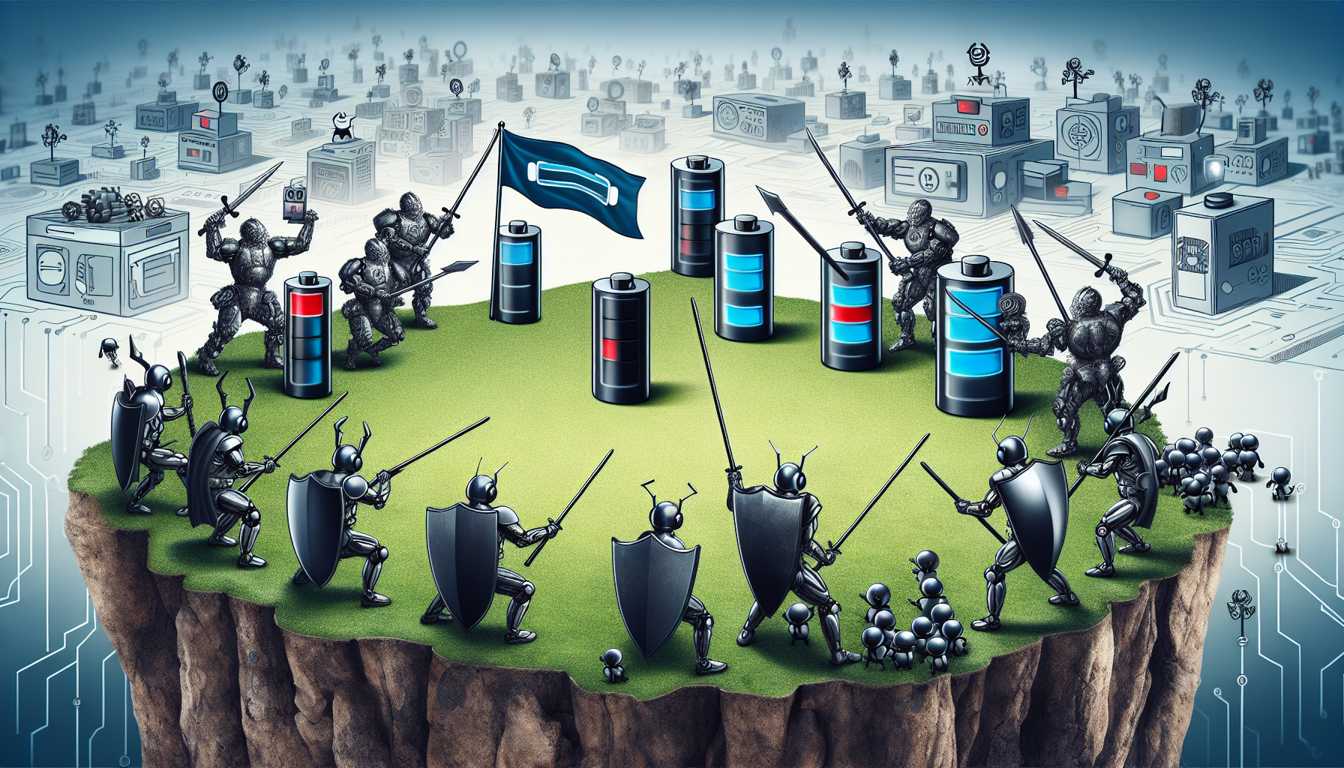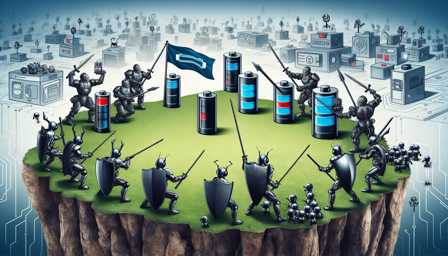
Battery Life Battles: How Smartphone Companies are Improving Longevity
The smartphone industry has always been fiercely competitive, with manufacturers constantly innovating to offer users the best experience. One of the critical battlegrounds in this competition is battery life. As smartphones become more powerful and feature-rich, ensuring that they can last through a day of heavy use has become a significant challenge. This article delves into the strategies and technologies that leading smartphone companies are employing to improve the longevity of their products.
Introduction to the Battery Life Challenge
Smartphones have evolved from being mere communication devices to becoming our daily companions for entertainment, work, and social interactions. This evolution has led to increased demands on battery life. Users now expect their phones to handle high-resolution displays, advanced cameras, continuous connectivity, and demanding applications without constantly needing a recharge.
Technological Innovations in Battery Design
Lithium-Silicon Batteries
One of the most significant advancements in battery technology is the shift from traditional lithium-ion batteries to lithium-silicon. Companies like Apple and Samsung are investing heavily in this technology. For example, Apple's recent iPhone models have been rumored to incorporate lithium-silicon batteries, offering a more substantial capacity without increasing the size.
Graphene Batteries
Another emerging technology is graphene batteries. Graphene, a form of carbon, is known for its excellent conductivity and durability. Companies like Huawei and Xiaomi have shown interest in this technology, with Xiaomi announcing a graphene-based battery in their future models that promises faster charging and longer battery life.
Software Optimization
Adaptive Battery Features
Software plays a pivotal role in managing battery consumption. Google's Android operating system has introduced 'Adaptive Battery' features, which use machine learning to prioritize battery power for the user's most frequently used apps. This reduces unnecessary battery drain from less important applications.
Energy-Efficient Operating Systems
Apple's iOS is renowned for its energy efficiency. The integration of hardware and software allows Apple to optimize battery usage effectively. The latest iOS updates focus on minimizing background activity and optimizing performance to extend battery life.
Hardware Enhancements
Efficient Processors
The heart of any smartphone, its processor, also plays a crucial role in battery life. Qualcomm's Snapdragon series and Apple's A-series chips are designed to be more energy-efficient, balancing performance and power consumption. The Snapdragon 888 and Apple's A15 Bionic chip are prime examples of this balance, offering impressive performance with minimal battery drain.
OLED and Low-Power Displays
Display technology is another area of innovation. OLED screens, used in Samsung's Galaxy S series and Apple's iPhone, are more energy-efficient than traditional LCDs. Additionally, the adoption of variable refresh rates can significantly reduce power consumption.
Future Directions
Solar Charging and Alternative Energy Sources
Looking to the future, companies are exploring alternative energy sources for charging. Solar-powered charging technology is in its nascent stages but holds promise for providing an eco-friendly charging option.
Advanced Battery Management Systems
Advanced battery management systems are also on the horizon. These systems will further optimize charging cycles and battery health, extending the overall lifespan of the smartphone battery.
Conclusion
In the battle for longer battery life, smartphone manufacturers are pursuing a multi-faceted approach, involving advancements in battery technology, software optimizations, and hardware improvements. As technology evolves, we can expect to see smartphones that not only last longer on a single charge but also have batteries that maintain their health over several years. This progress is not just a convenience for users but also a step towards more sustainable and environmentally friendly technology practices.



